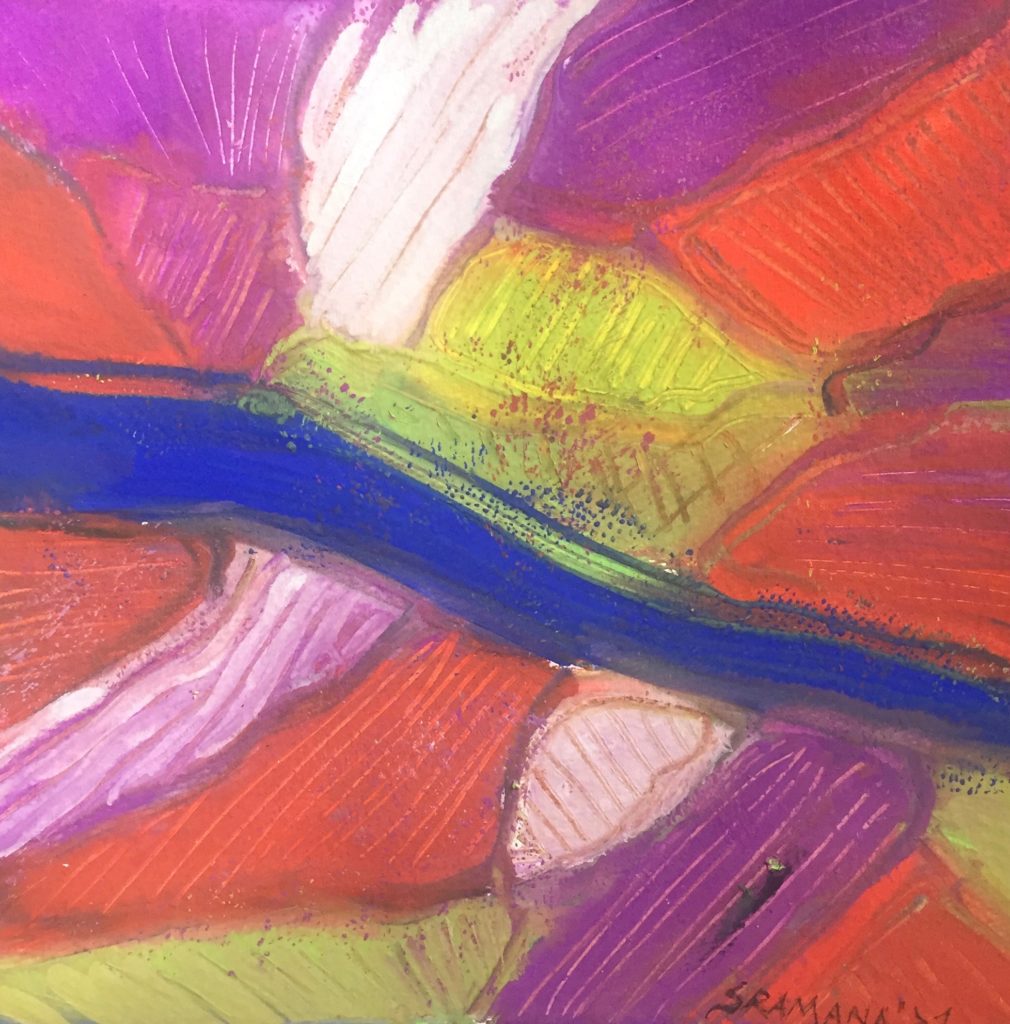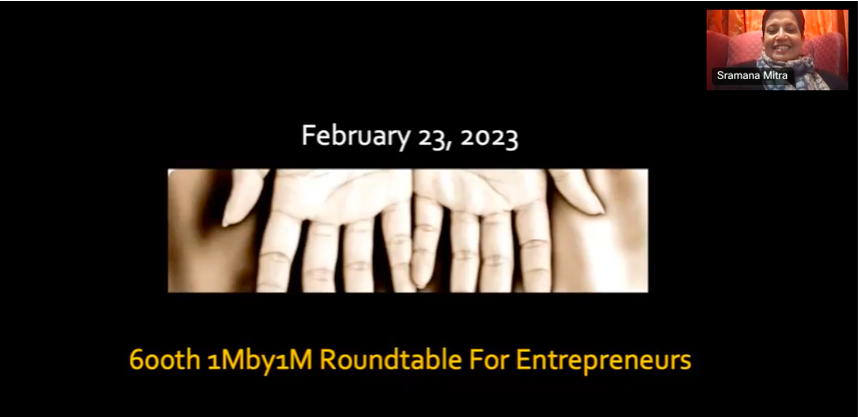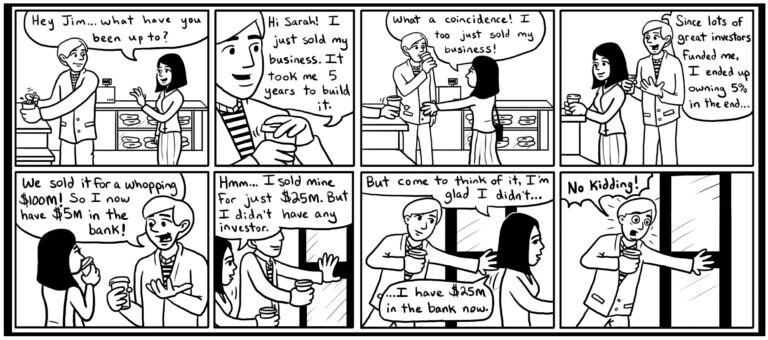March 2 – 601st 1Mby1M Mentoring Roundtable for Entrepreneurs

Entrepreneurs are invited to the 601st FREE online 1Mby1M Mentoring Roundtable on Thursday, March 2, 2023, at 8 a.m. PST/11 a.m. EST/5 p.m. CET/9:30 p.m. India IST.
If you are a serious entrepreneur, register to “pitch” and sell your business idea. You’ll receive straightforward feedback, advice on next steps, and answers to any of your questions. Others can register to “attend” to watch, learn, and interact through the online chat.
You can learn more here and REGISTER TO PITCH OR ATTEND HERE. Register and you will receive the recording by email, even if you are unable to attend. Please share with any entrepreneurs in your circle who may be interested. All are welcome!
Featured Videos
Solo Entrepreneur Bootstrapping a Niche E-Commerce Venture to $12 Million: Sawyer Twain CEO Chris Turner (Part 3)
Sramana Mitra: What was your team building strategy?
Chris Turner: At first, you just want to get people to be as passionate about the business as you are. It takes some time to realize that that’s not going to be the case. First, it was challenging. I have my own internal flaws. I could be a perfectionist. I don’t want to say micromanager, but, for the lack of a better word, I could be very anal on certain things. We rotated a handful of people.
>>>Colors: Tulip Fields, Aerial III

I’m publishing this series on LinkedIn called Colors to explore a topic that I care deeply about: the Renaissance Mind. I am just as passionate about entrepreneurship, technology, and business, as I am about art and culture. In this series, I will typically publish a piece of art – one of my paintings – and I request you to spend a minute or two deeply meditating on it. I urge you to watch your feelings, thoughts, reactions to the piece, and write what comes to you, what thoughts it triggers, in the dialog area. Let us see what stimulation this interaction yields. For today – Tulip Fields, Aerial III
Tulip Fields, Aerial III | Sramana Mitra, 2021 | Watercolor, Pastel, Brush Pen | 8 x 8, On Paper
Video FAQs
Can 1M/1M Help Me Raise Money?
How Does 1M/1M Democratize Entrepreneurship Education?
How Does 1M/1M Democratize Management Consulting?
When Is The Right Time To Join 1M/1M?
Can 1M/1M Help Me With Business Development?
Can 1M/1M Help Me With Market Sizing?
Can 1M/1M Help Me Validate My Product?
Will I Have Private 1-on-1 Sessions In 1M/1M?
How Does 1M/1M Help Entrepreneurs Connect With Silicon Valley?
Mentoring or Consulting?
Why Does 1M/1M Charge $1000 a Year?
Why Does 1M/1M Partner With Local Organizations?
Why Don\’t Mentoring Networks Work?
Why Is It Important To Study With 1M/1M Now?
Dan Stewart Story
Vikrant Mathur Story
600th 1Mby1M Roundtable Recording
In case you missed it, you can listen to the recording of this roundtable here:
Roundtable Recap: February 23 – 600 Roundtables and More to Come

During this week’s roundtable, we celebrated a milestone: our 600th session. What started as an experiment in online mentoring has blossomed into a global program that hundreds of thousands of people have benefited from. We look forward to expanding our footprint to the millions, as tech entrepreneurship goes from a niche Silicon Valley phenomenon to an internationally adopted way of life.
Rainy Day Income
First up, we had Tom White from Nashville, Tennessee, pitch Rainy Day Income, an income insurance venture.
LD Talent
Next Gobi Dasu from Verona, Wisconsin, pitched LD Talent, a talent platform.
You can listen to the recording of this roundtable here:
Best of Bootstrapping: Couple Bootstrapped Children’s Apparel Company to $5M

If you haven’t already, please study our Bootstrapping Course and Investor Introductions page.
RuffleButts is a perfect story on how to bootstrap with a paycheck. Founder Amber Schaub started RuffleButts, a children’s apparel company, in March of 2007, backed by her husband’s full-time job. He later joined in 2010 as the COO, after the company had gained traction. Here is our conversation from 2014.
Sramana: Let’s start at the very beginning of each of your stories. I imagine you co-founded the company?
Amber Schaub: I grew up in Louisville, Kentucky. I had the entrepreneurial spirit from a very young age. I used to convince my cousins to help me start lemonade stands, babysitting clubs, and we even tried to start a grocery delivery business in middle school. My dad is an entrepreneur. My parents were divorced so I watched what my mother had to do as a single mother. She worked a 9 to 5 job for a utility company and had to raise a child on that income. We did not live a lavish lifestyle, but I always had what I needed.
Cloud Stocks: Freshworks Partners with Meta to Provide its AI-Powered Conversational Bots

Recently listed Freshworks (Nasdaq: FRSH) announced its fourth-quarter results that continued to surpass market expectations. Freshworks remains focused on expanding its market share by targeting mid to enterprise sized organizations. It is addressing their demands by improving its product and partner portfolio.
>>>Solo Entrepreneur Bootstrapping a Niche E-Commerce Venture to $12 Million: Sawyer Twain CEO Chris Turner (Part 2)
Sramana Mitra: The two of you launched this thing around 2012?
Chris Turner: Around 2015.
Sramana Mitra: Did you take inventory or consignments?
>>>